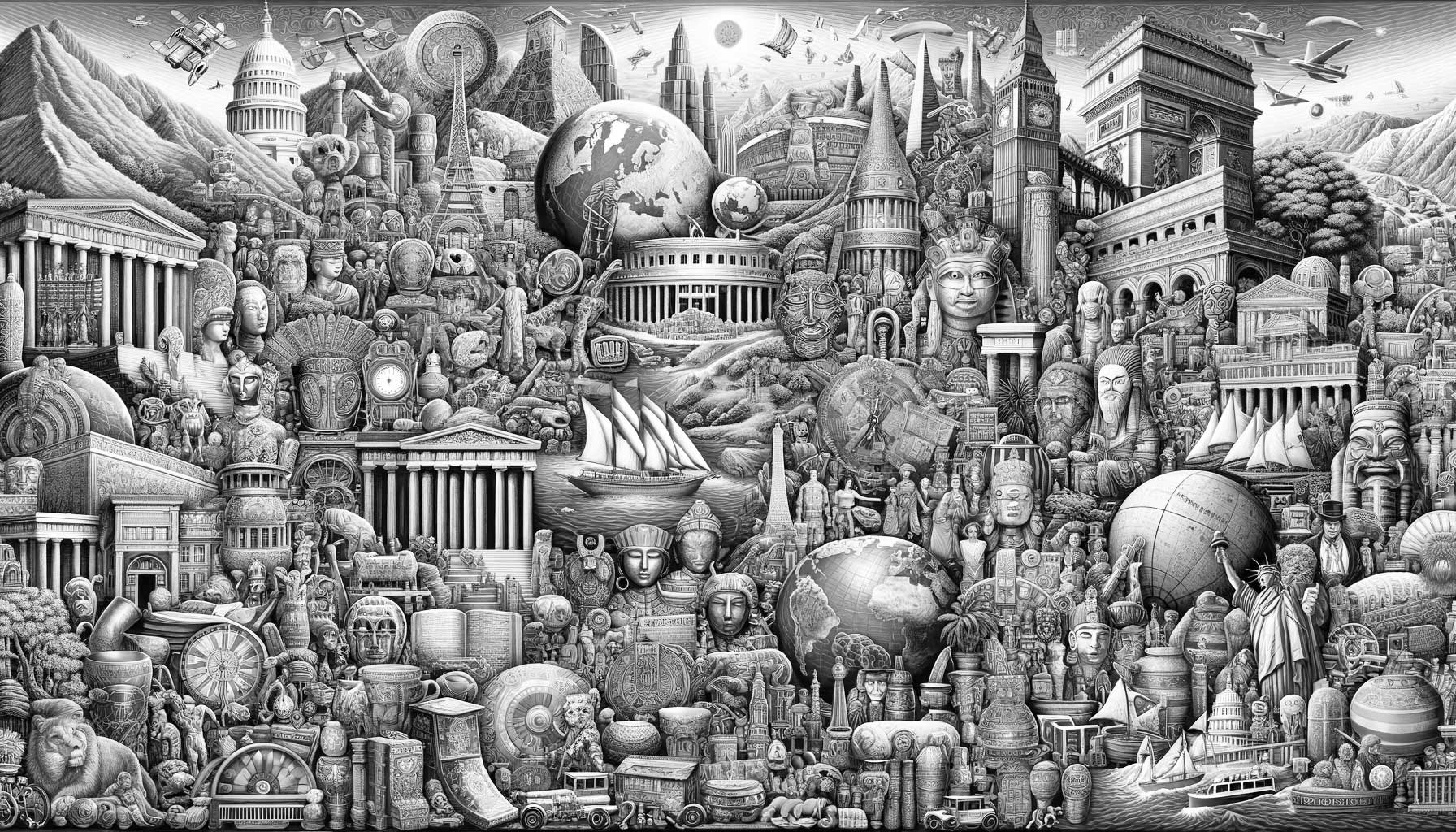Flashback to September 24
World History

On May 2, 1933, a significant event took place in German history known as “Gleichschaltung” or the coordination process. Adolf Hitler, who had recently risen to power as the Chancellor of Germany, implemented a series of legislative measures to suppress opposition and consolidate his control over the nation’s institutions. One crucial aspect of this process was the banning of trade unions, which had played a prominent role in the workers’ movement and posed a potential challenge to Hitler’s authoritarian regime.
At the time, trade unions in Germany were influential organizations representing the interests of workers in collective bargaining, workplace safety, and overall improving labor conditions. They were also closely connected to political parties, with the largest union, the General German Trade Union Federation (ADGB), being associated with the Social Democratic Party (SPD).
Hitler’s decision to ban trade unions served multiple purposes. Firstly, it eliminated a source of opposition to his regime, as trade unions were regarded as centers of socialist and communist activities. Unions were also seen as promoting internationalism and were associated with leftist ideologies, which contradicted Hitler’s nationalist and racially-driven vision for Germany.
Dominating the labor force in Germany was another motive behind the ban. By dismantling trade unions, Hitler aimed to establish a centralized control over the workforce. The Nazis sought to replace the existing unions with the German Labor Front (DAF), a state-controlled organization that prioritized loyalty to the Nazi Party and served as an instrument for indoctrination and propaganda.
To carry out the ban, Hitler’s government issued the Law for the Restoration of Professional Civil Service on April 7, 1933. This law stated that civil servants could not be a member of any trade union or engage in any activity that contradicted the national interests of Germany. As a result, thousands of unionized workers were dismissed from their jobs, and trade union assets were seized by the state. Any attempt to create or operate independent trade unions was deemed illegal, and leaders who resisted faced severe repercussions.
The consequences of the trade union ban were far-reaching. It effectively silenced workers’ voices, making it nearly impossible to advocate for improved labor conditions or negotiate fair wages. Additionally, the dismantling of trade unions contributed to the consolidation of power in the hands of the Nazi Party, leaving workers without any organized means to defend their rights or challenge Hitler’s policies.
While the ban on trade unions appeared to be an oppressive blow to workers’ rights, it was not universally opposed. Some workers saw an opportunity to align themselves with the rising Nazi regime, hoping to benefit from the promised economic and social stability. They joined the German Labor Front, which implemented programs such as strength through joy (Kraft durch Freude) to improve working conditions and provide recreational activities for workers. However, these initiatives were often a thinly veiled propaganda tool aimed at strengthening loyalty to the regime.
The ban on trade unions was not unique to Germany during this period. Other fascist and authoritarian regimes in Europe also sought to suppress any independent worker organizations that could challenge their authority. The actions taken by Hitler were part of a broader trend, consistent with his totalitarian ambitions and the desire to establish a new order under Nazi ideology.
the banning of trade unions as part of the Gleichschaltung process on May 2, 1933, represented a significant milestone in Adolf Hitler’s consolidation of power in Germany. By eliminating independent worker organizations, Hitler aimed to silence opposition, control the labor force, and further his authoritarian agenda. This event had far-reaching consequences for workers’ rights and freedoms, depriving them of any organized means to advocate for better conditions amidst the rapidly changing political landscape of the time.
We strive for accuracy. If you see something that doesn't look right, click here to contact us!
Sponsored Content

US Supreme Soviet gives…
On 24th September 1990,…

US, Italian, and French…
On September 24, 1982,…

Anti-Corn-Law League forms to…
On September 24, 1838,…

Manuel I Comnenus, Byzantine…
"Byzantine Emperor Manuel I…

Nine Allied governments pledge…
On September 24, 1941,…

Synod of Hertford opens;…
On September 24, 673,…

